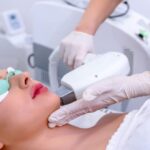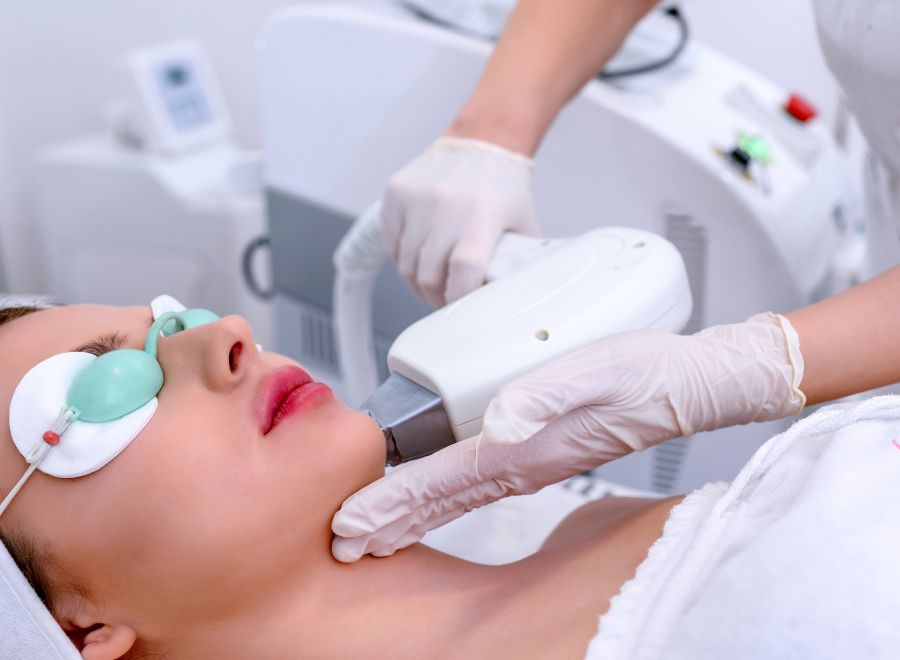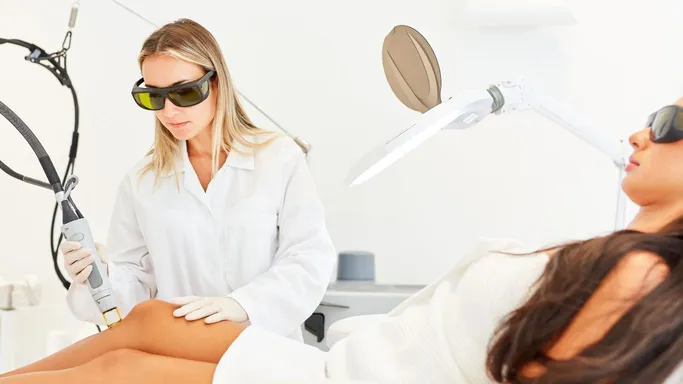

Exploring Skin Anatomy, Diode Lasers, Picco Laser, and Hair Trichology
Title: A Comprehensive Guide to Understanding Skin Anatomy, Diode Lasers, Pico Lasers, and Hair Trichology
Introduction

Skin Anatomy, Diode Lasers, Picco Laser, and Hair Trichology
Technological and scientific developments have opened the way for game-changing treatments and insights in the constantly changing fields of dermatology and hair care. In-depth explorations of skin anatomy, diode lasers, the Picco Laser, and hair trichology are provided in this article, along with insights into their importance and effects on our health.
Knowledge of skin anatomy:

The largest organ in our body, the skin, is made up of various layers, each of which plays a specific function. We learn how these layers work together to offer protection, sensation, and control by starting with the outermost layer, the epidermis, and working our way inward to the innermost layer, the hypodermis.
The dermis is home to vital organs like blood vessels, sweat glands, and hair follicles, while the epidermis serves as a defense against outside aggressors. The hypodermis penetrates the subcutaneous tissue and offers insulation and cushioning. Understanding these layers helps one appreciate the significance of skin health and the benefits of therapies that focus on particular issues.
Utilizing Diode Lasers to Revolutionize Dermatology:
Dermatological procedures have been transformed by diode lasers, which provide a precise and efficient remedy for a range of skin and hair issues. These lasers produce light at a particular wavelength that is selectively absorbed by the melanin in hair follicles or the skin’s intended target areas. The heat produced by this absorption damages the hair follicles and prevents further development.

In order to satisfy the needs of people looking for a long-lasting hair removal solution, diode lasers are frequently employed for permanent hair removal. By lowering sebaceous gland activity and encouraging collagen formation for better skin texture, they also help treat acne.
Picco Laser: Accuracy and Effectiveness
In terms of treating scars, pigmentation problems, and other skin flaws, Picco Laser is at the forefront of skin treatment technology. The unique quality of the Picco Laser is its capacity to provide extremely brief energy pulses, lowering the possibility of thermal injury to surrounding tissues.
Due to its accuracy, the Picco Laser can be used to treat a variety of issues, such as melasma, age spots, and even tattoo removal. Collagen production is stimulated by the controlled energy delivery, which results in skin renewal and a general improvement in skin tone and texture.
Hair Trichology Revealed: Beyond the Strands
The study of hair and scalp health, or hair trichology, goes beyond aesthetic considerations and provides insights into general well-being. Numerous elements, including genetics, hormones, and diet, have an impact on hair growth. Understanding the three phases of the hair development cycle—anagen (growing), catagen (transition), and telogen (resting)—helps to shed light on issues with hair like thinning and hair loss.
These elements are examined by trichologists, specialists in hair and scalp care, to identify and treat diseases including alopecia and dandruff. Trichologists assist individuals in achieving healthier, more vibrant hair by treating the underlying problems.
Conclusion
The field of current dermatology and hair care is shaped by the interaction of skin anatomy, diode lasers, Picco Laser, and hair trichology. We may improve our overall well-being by comprehending the complex layers of the skin, using lasers for precise treatments, experiencing the enchantment of Picco Laser’s regulated energy, and embracing the knowledge of hair trichology.
As science develops, these sectors expand to provide novel approaches and better understandings for preserving healthy skin and hair. When you learn more about these subjects, you are more equipped to make judgments about your dermatological and hair care journey, whether you are interested in the science behind these technologies or searching for efficient treatments.


